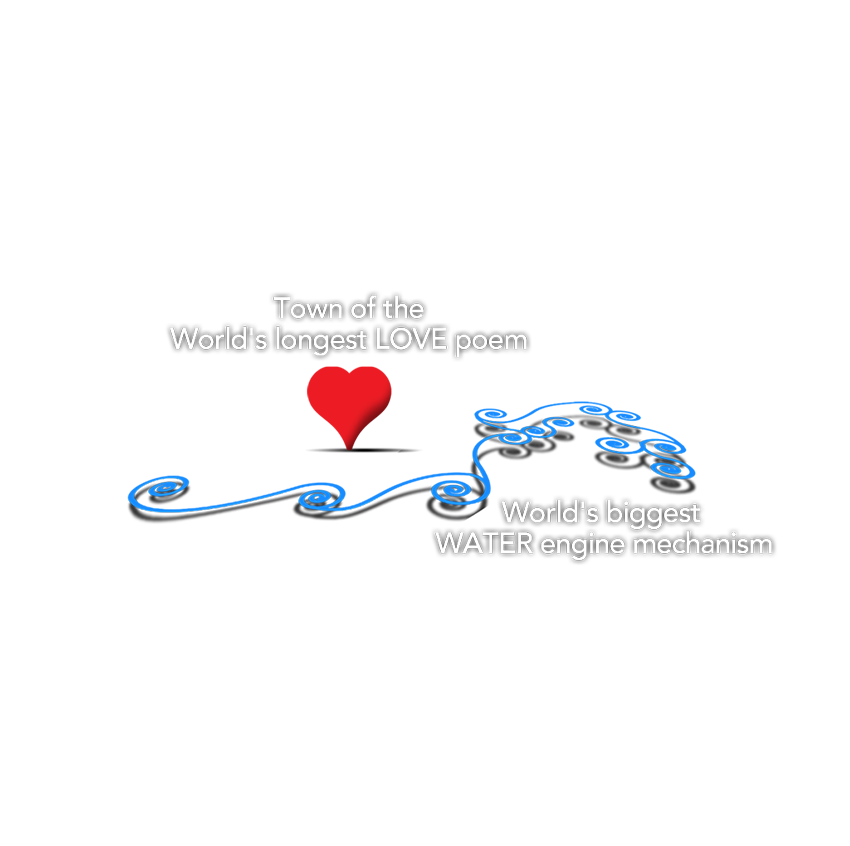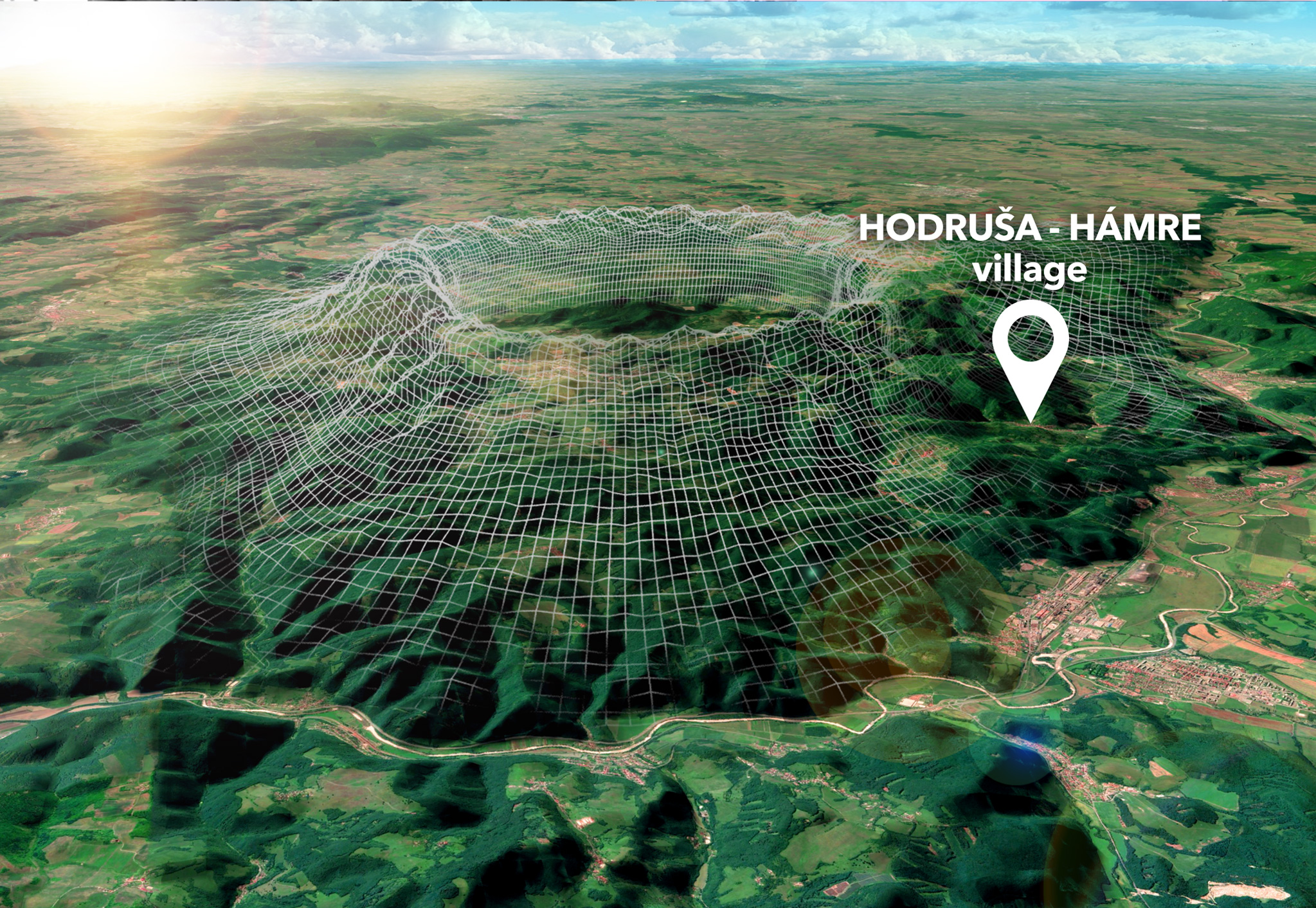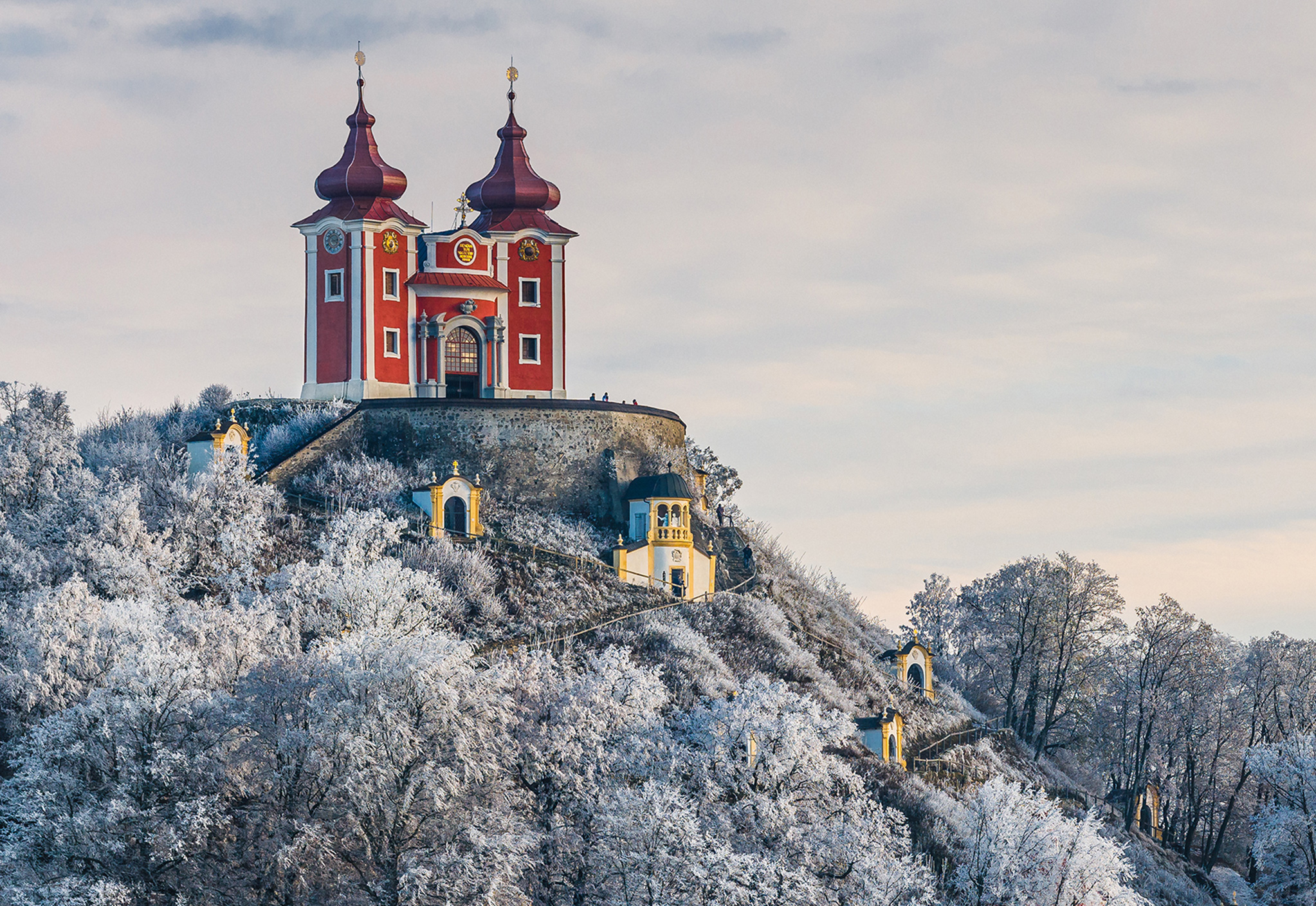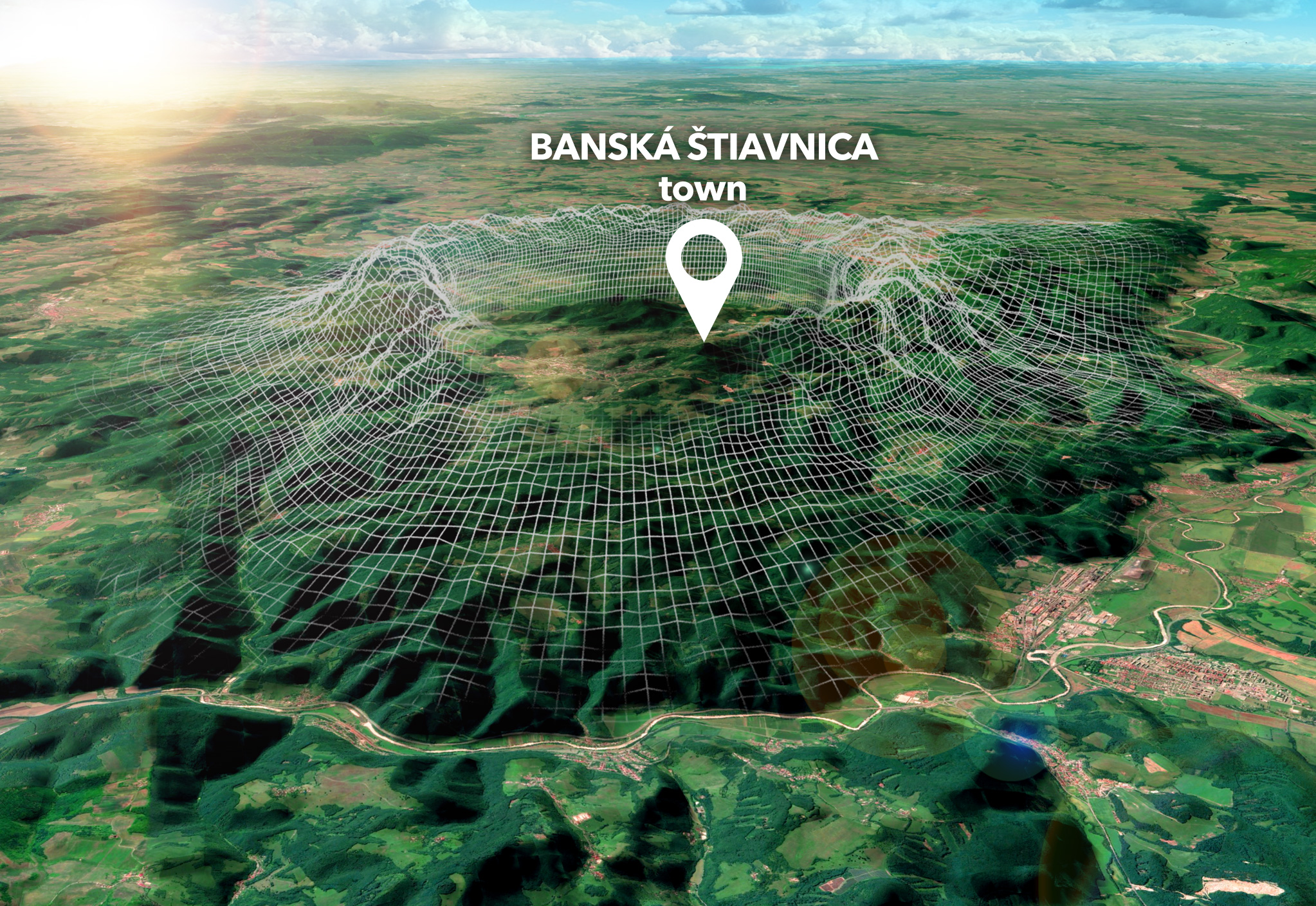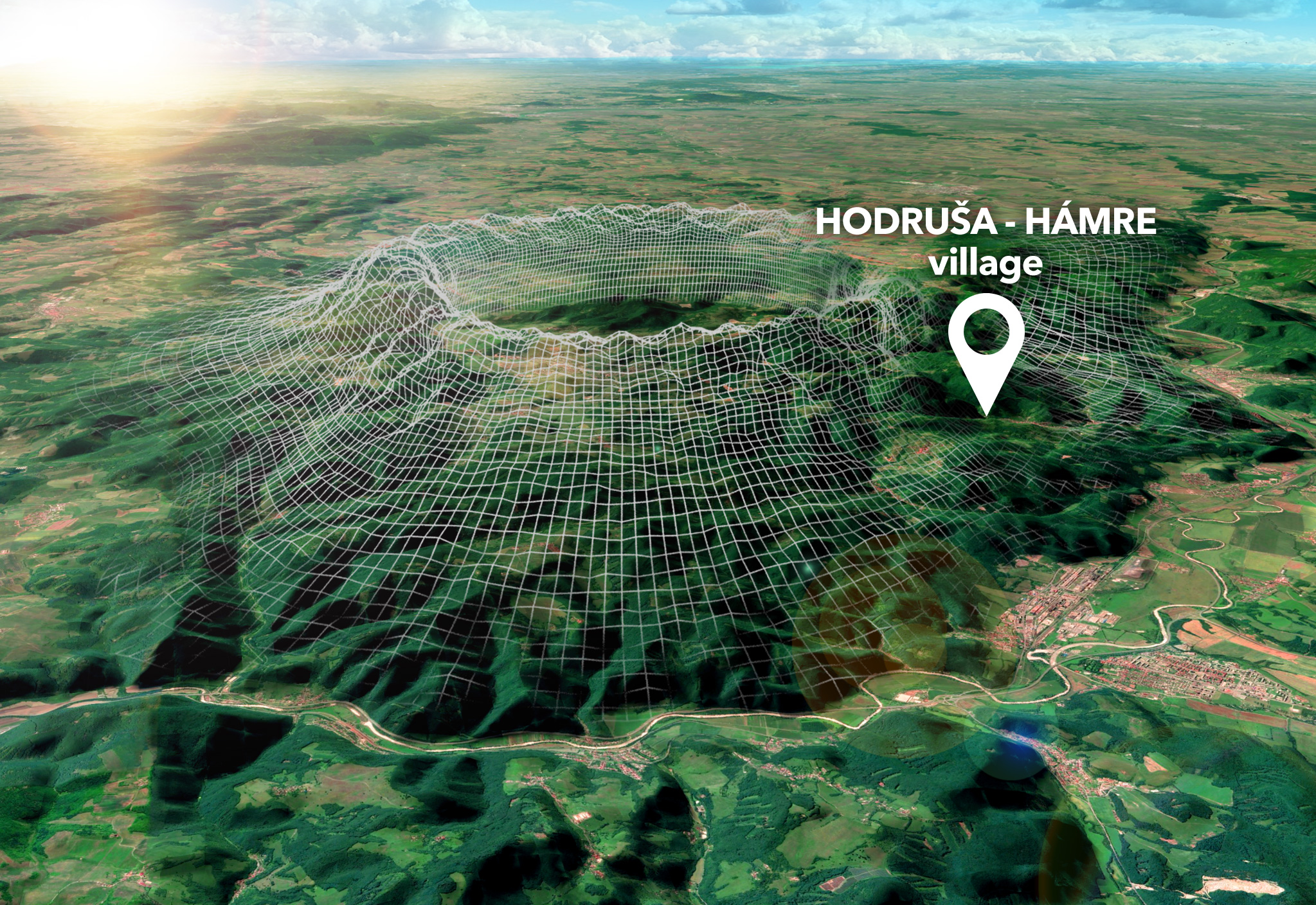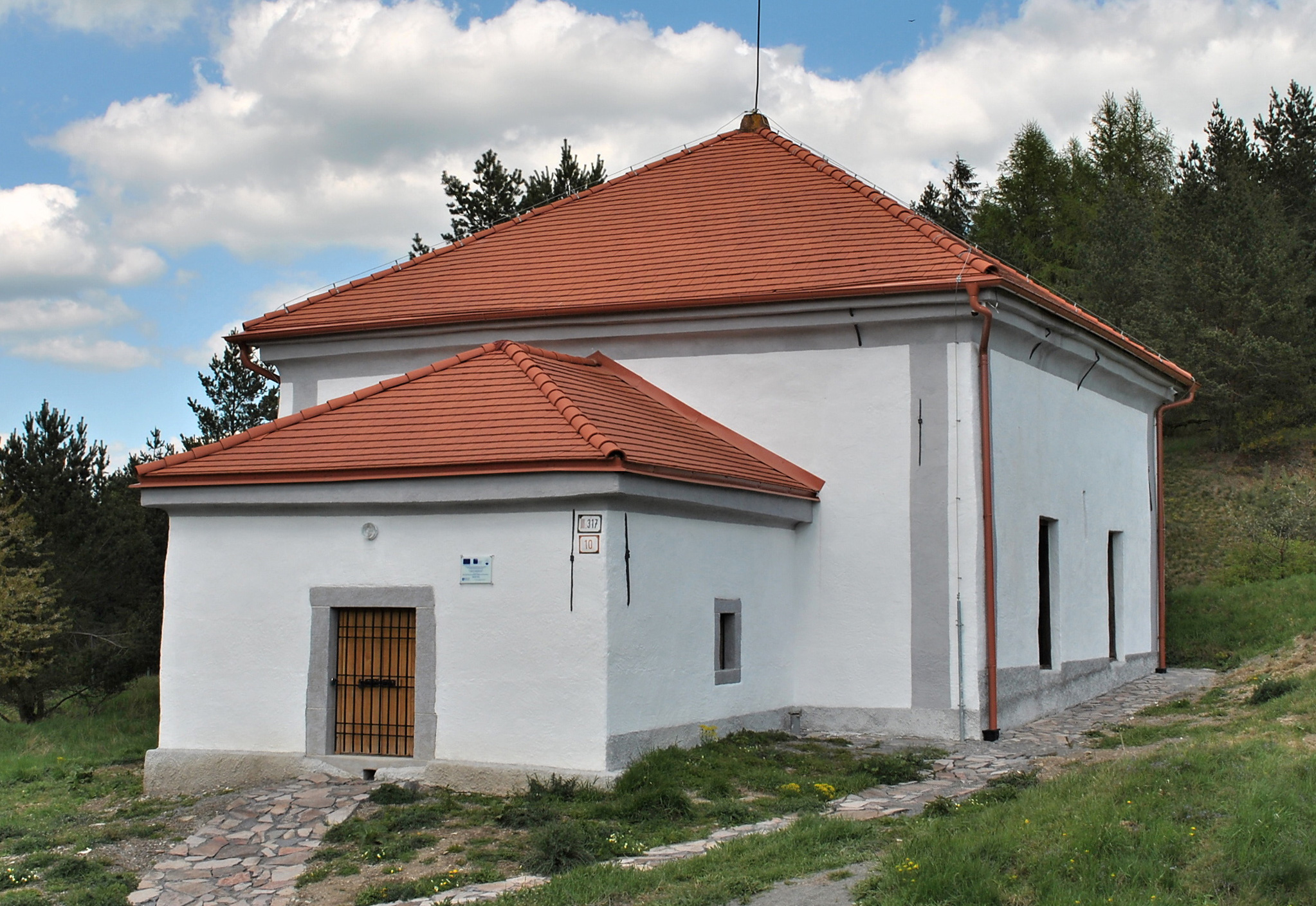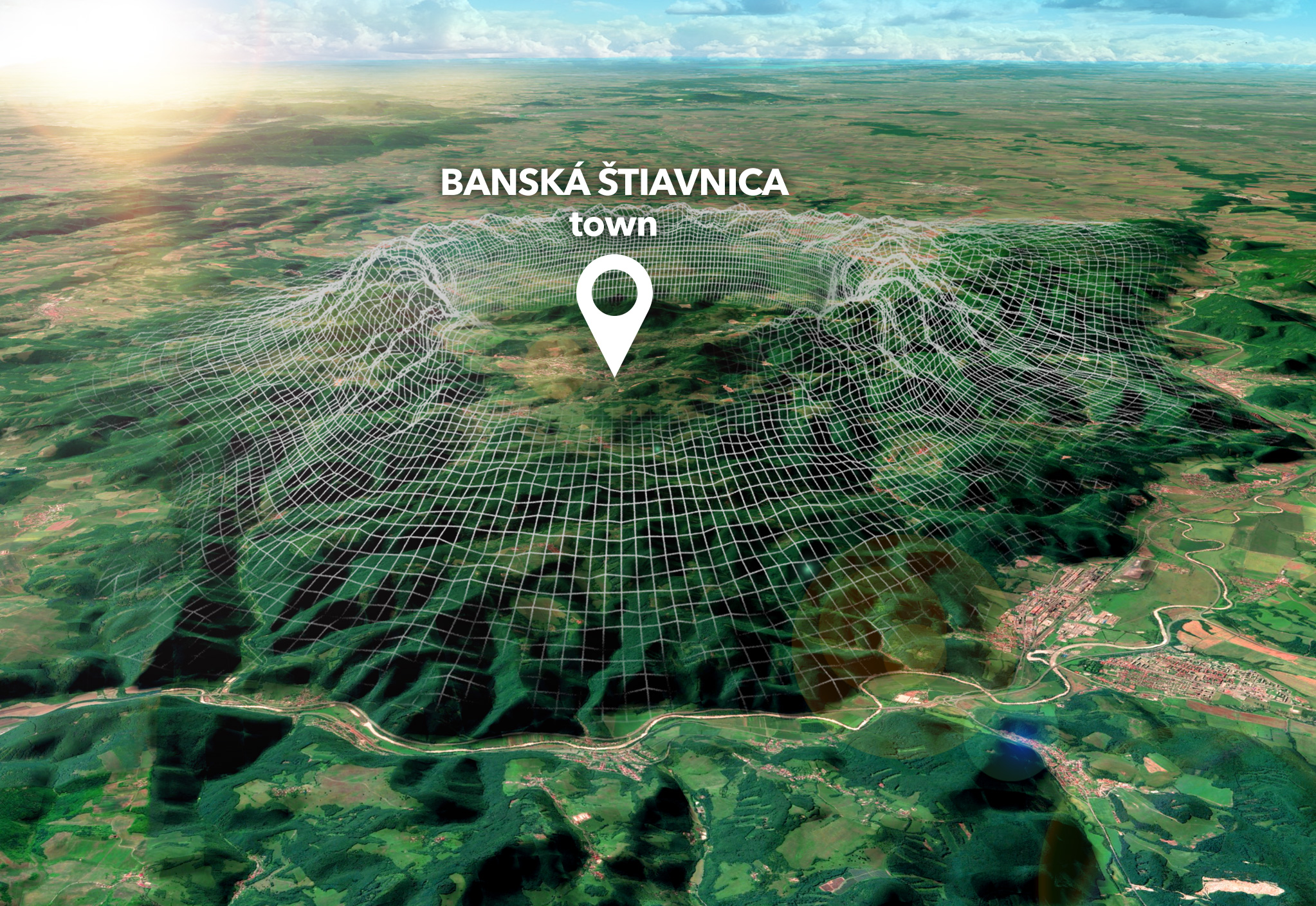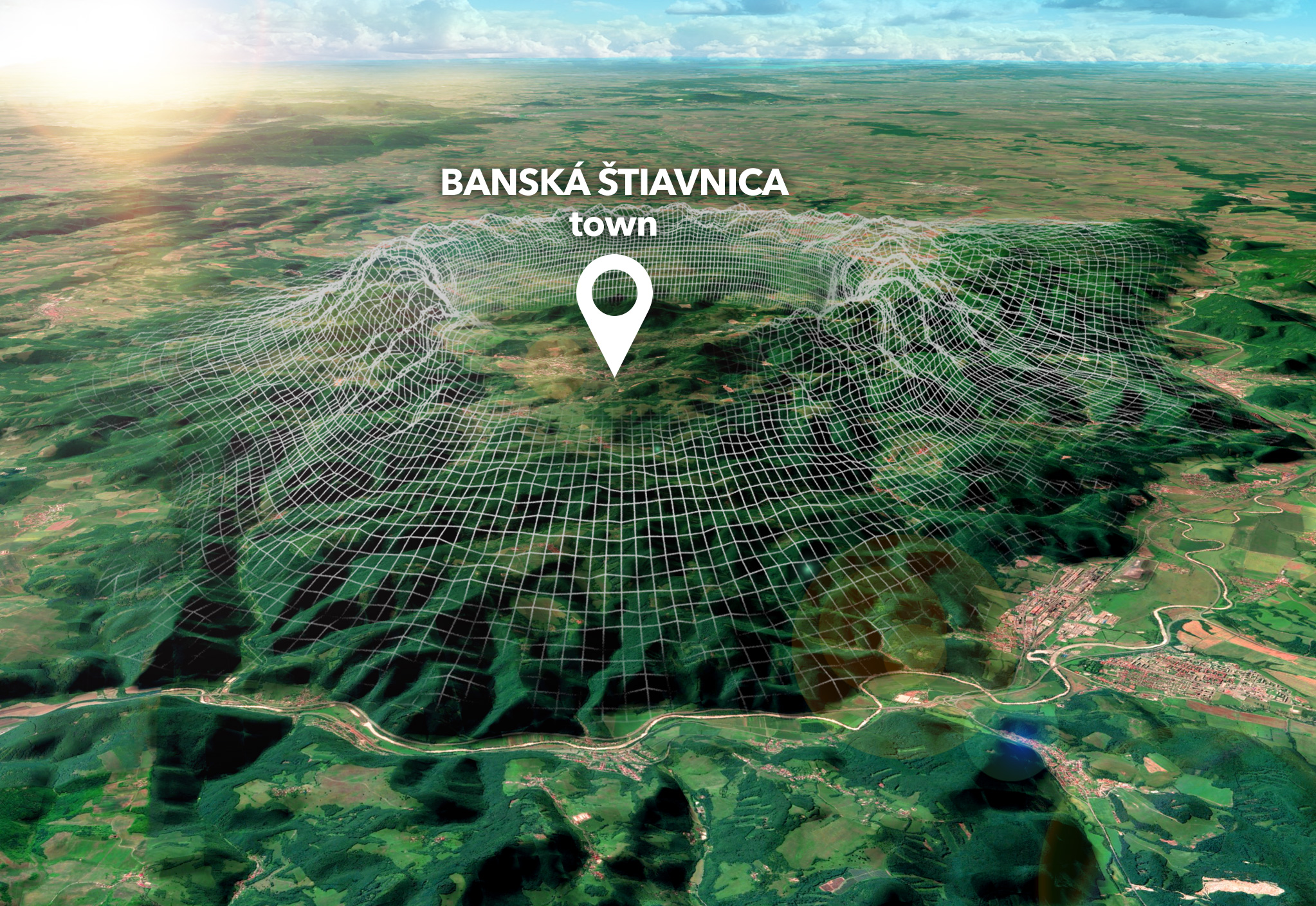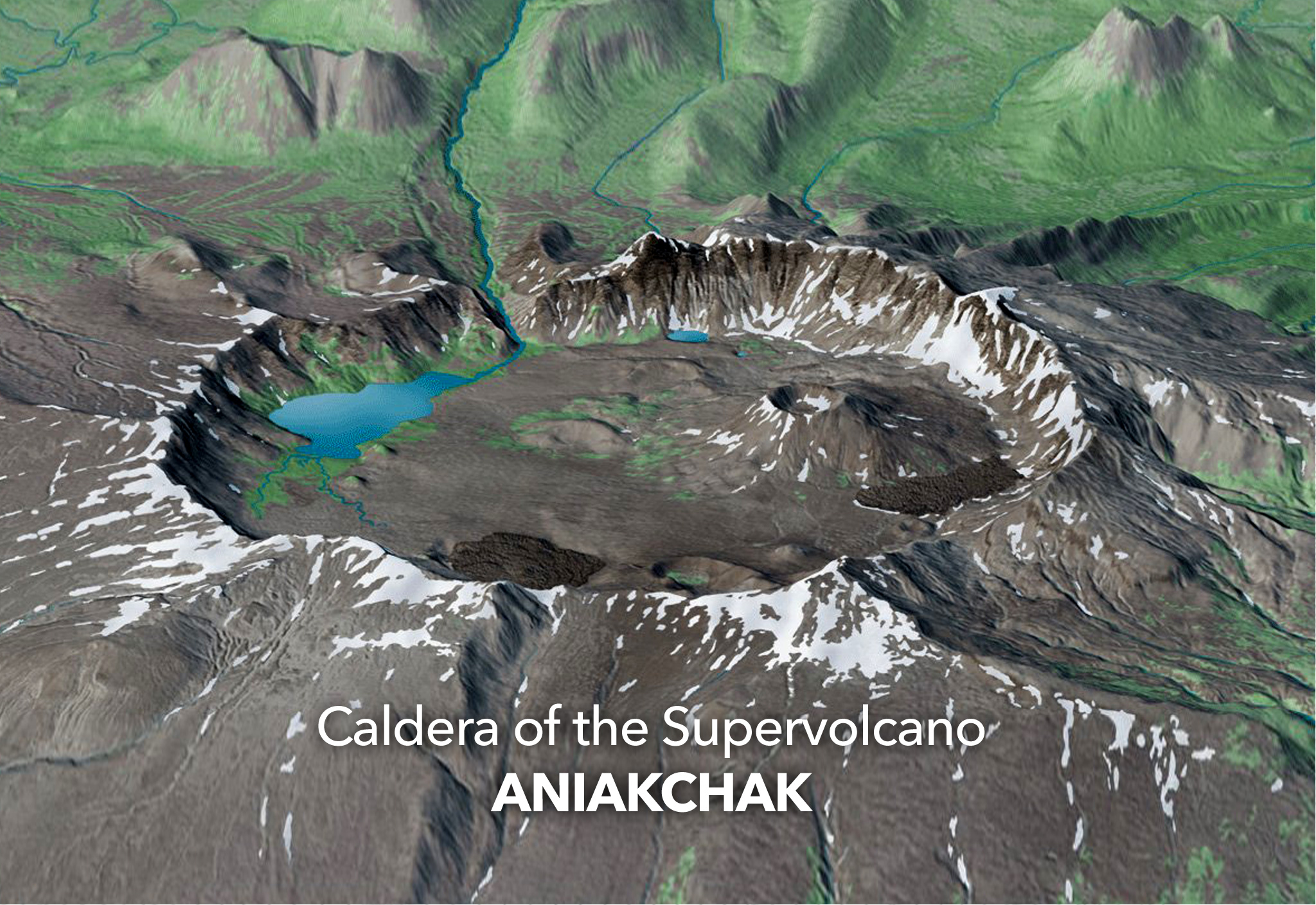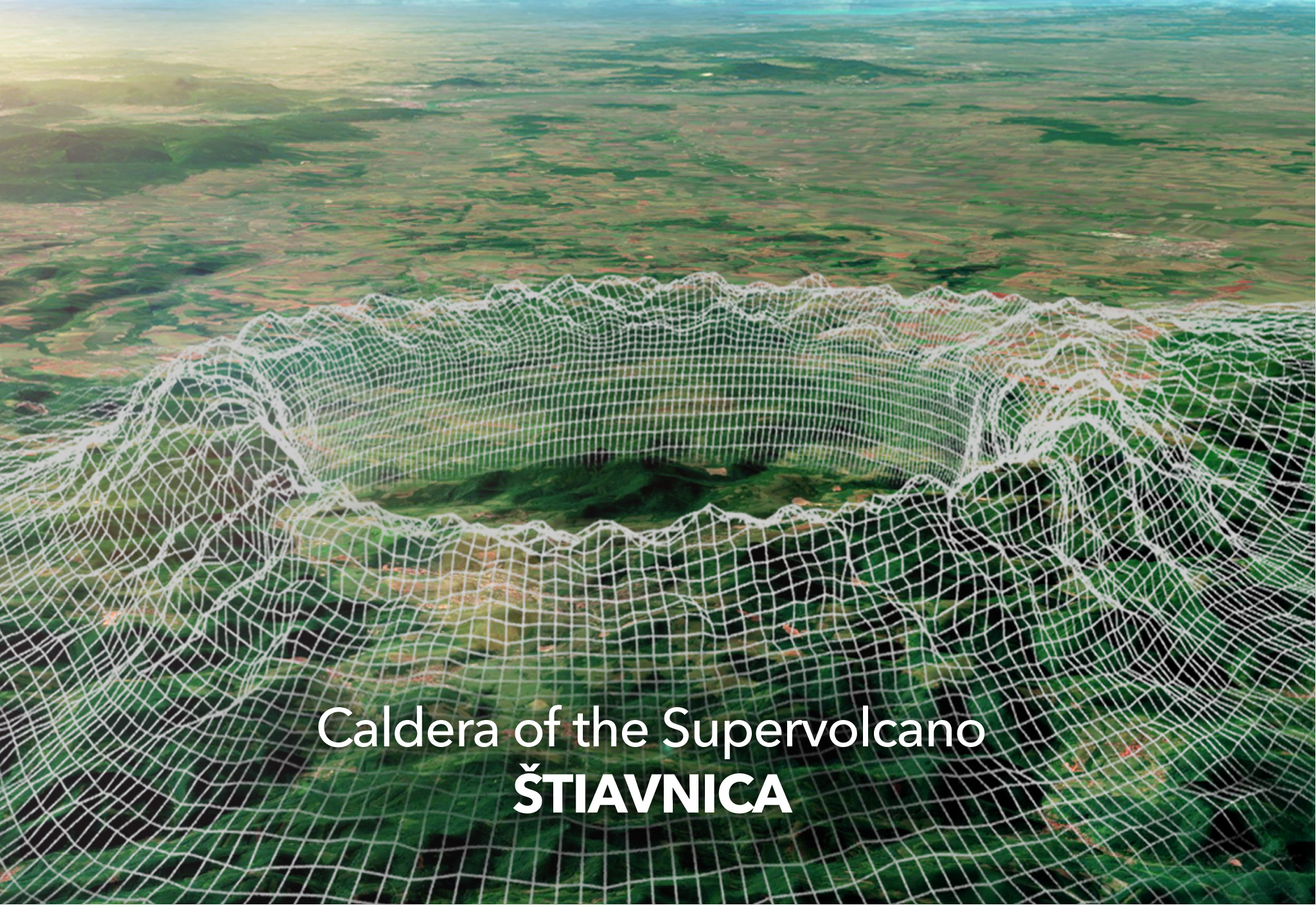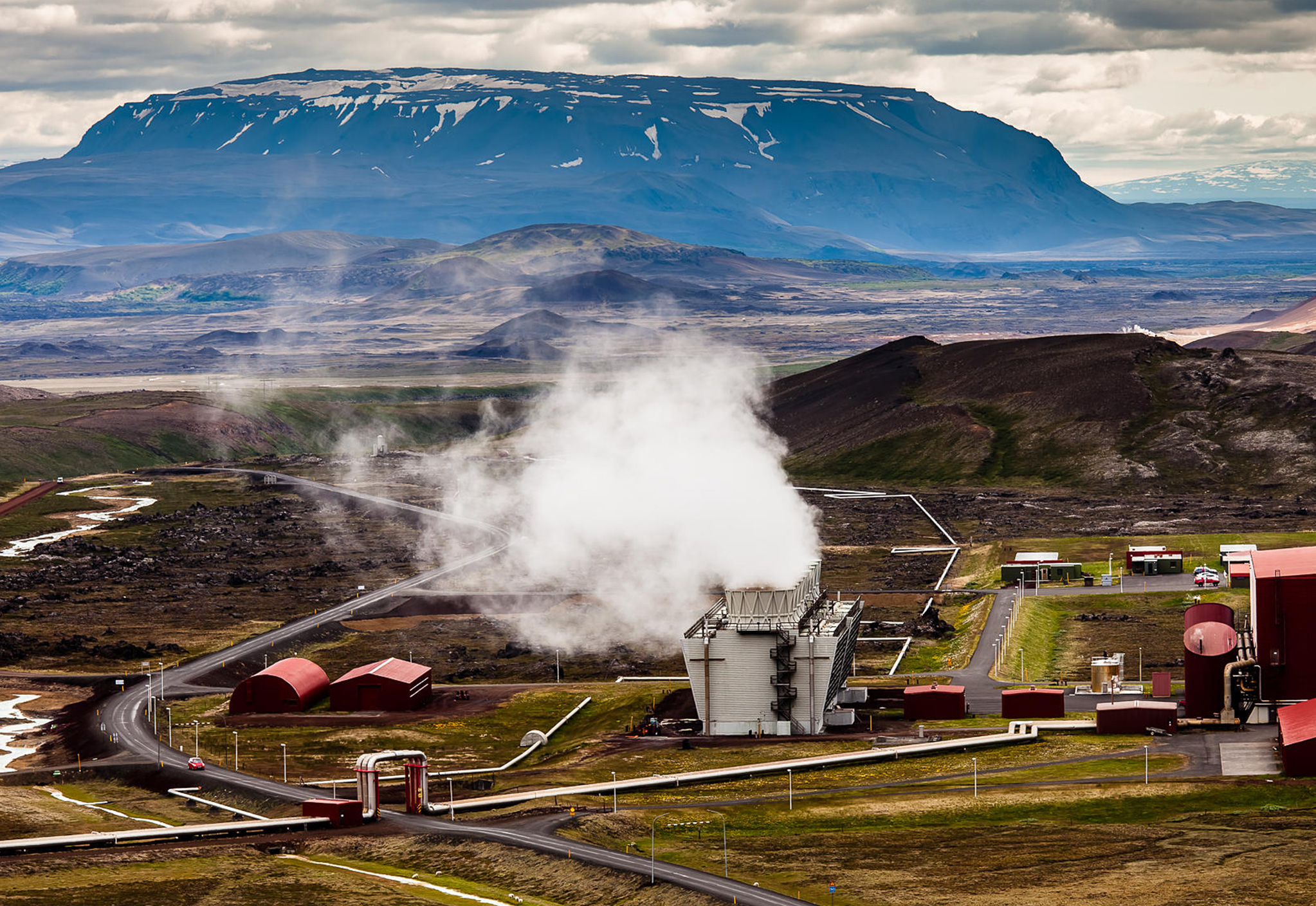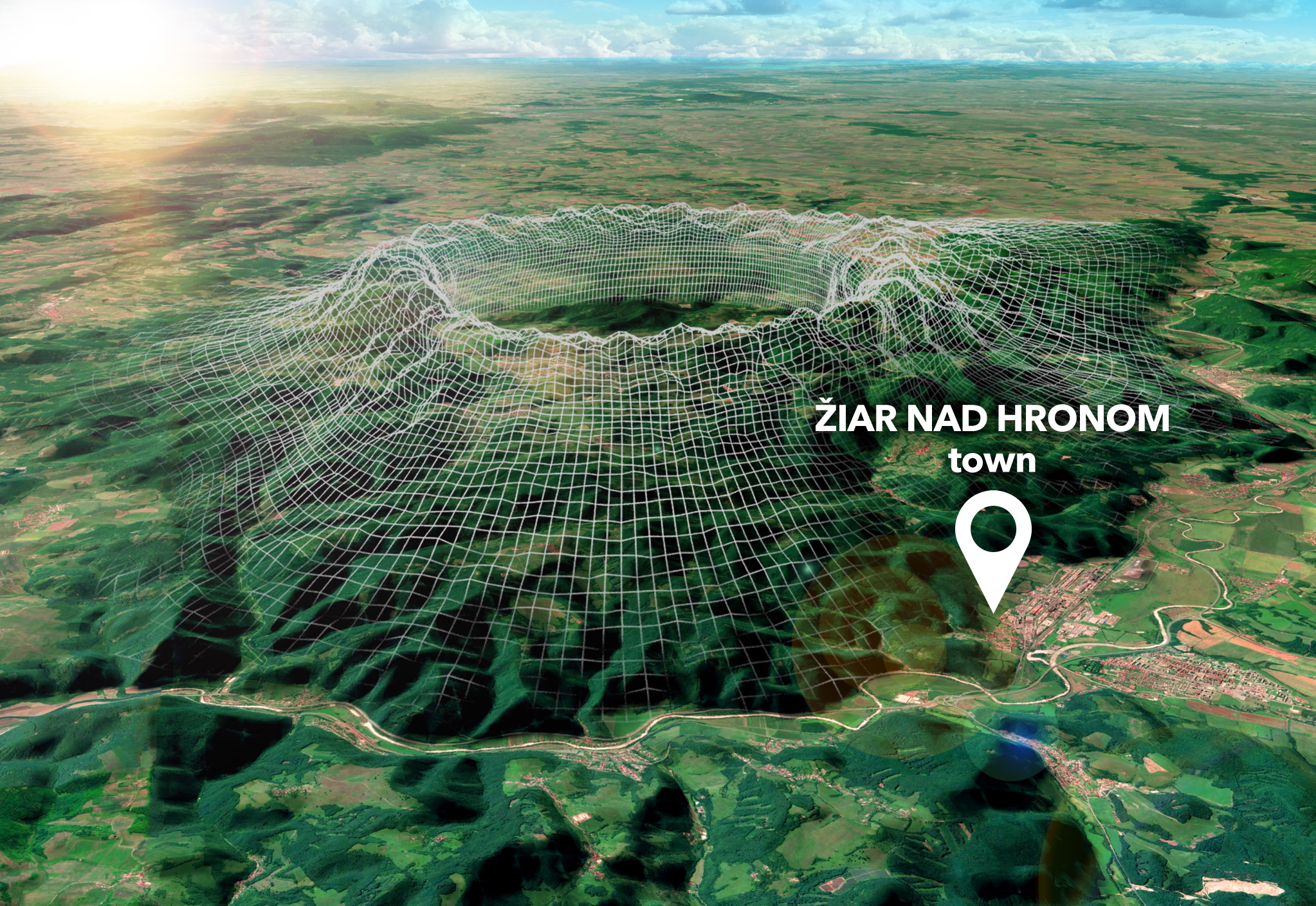Lost Supervolcano Stiavnica
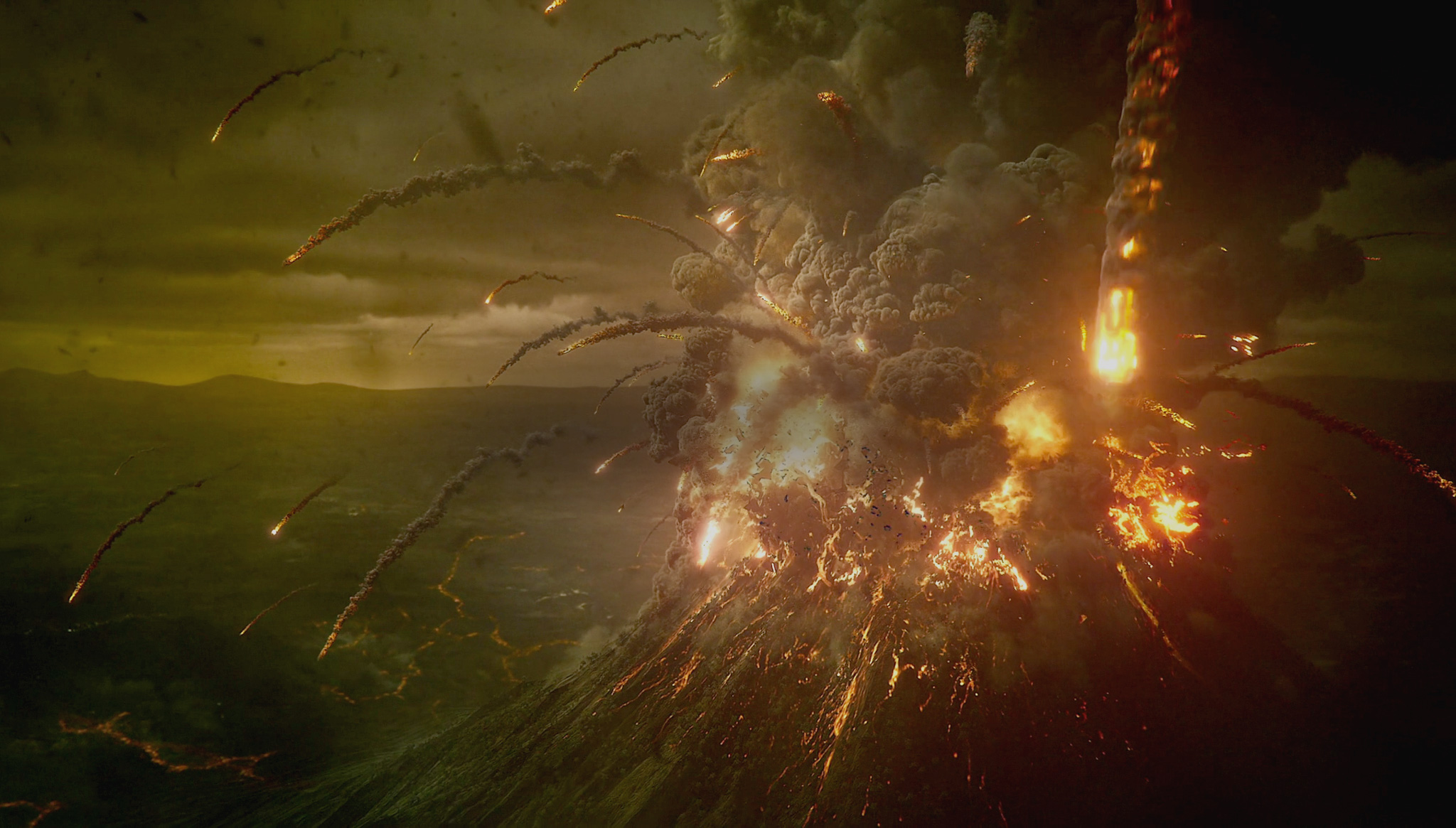
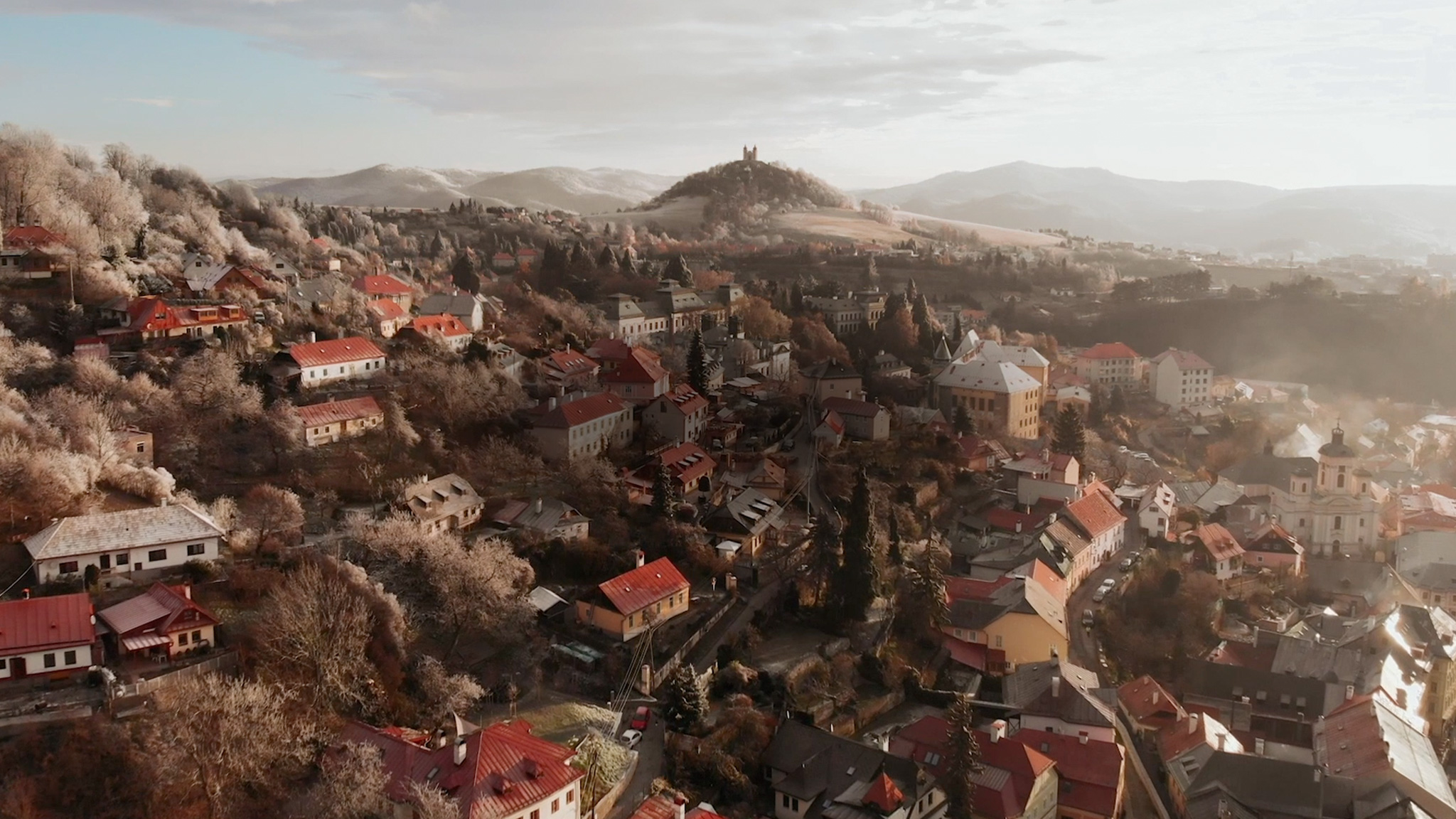

“Discover hidden in the forest
charming UNESCO – protected,
perfectly delightfull destination.”
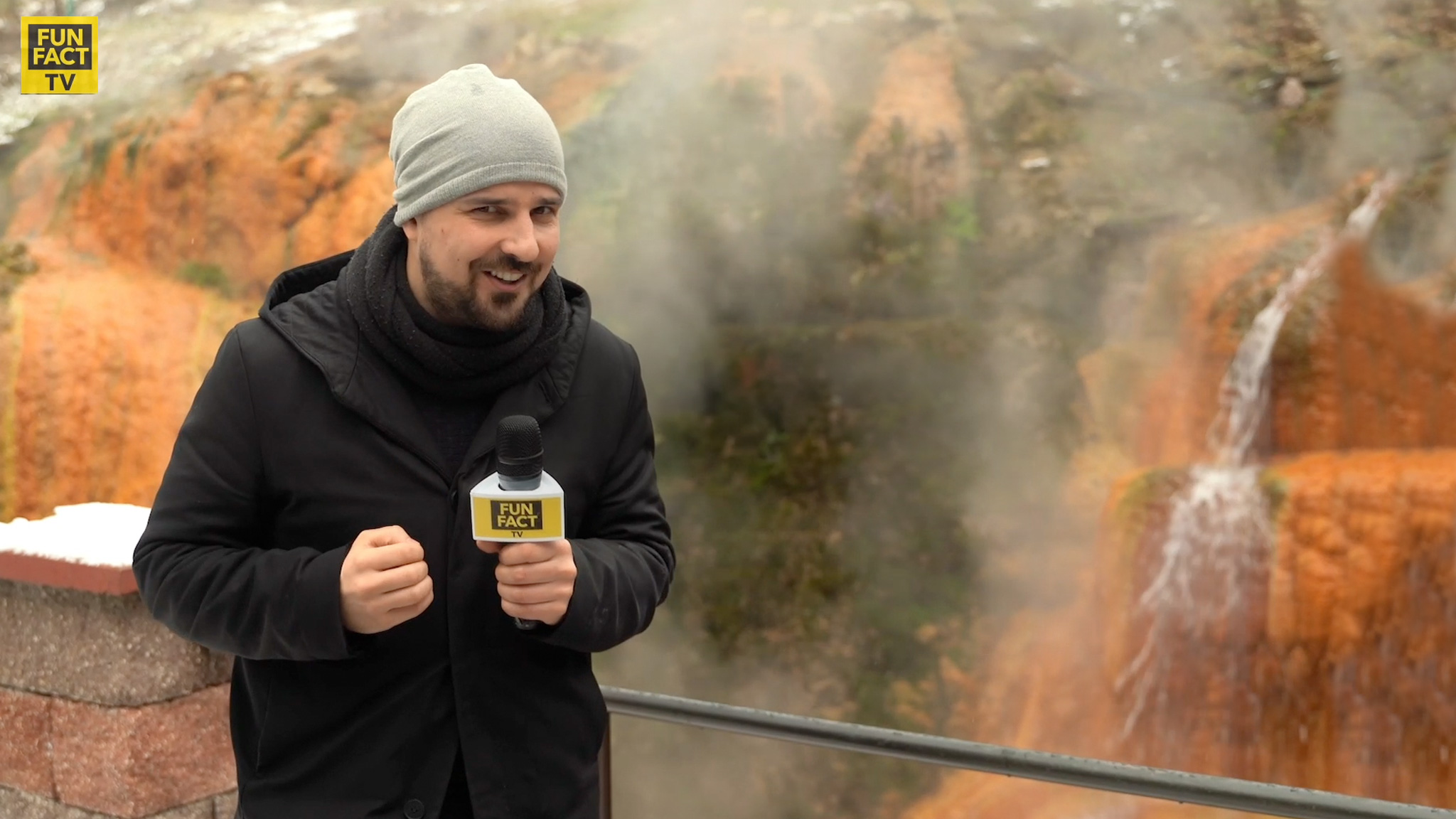

“The biggest water engine mechanism
is a part of cultural and natural
UNESCO World Heritage.”
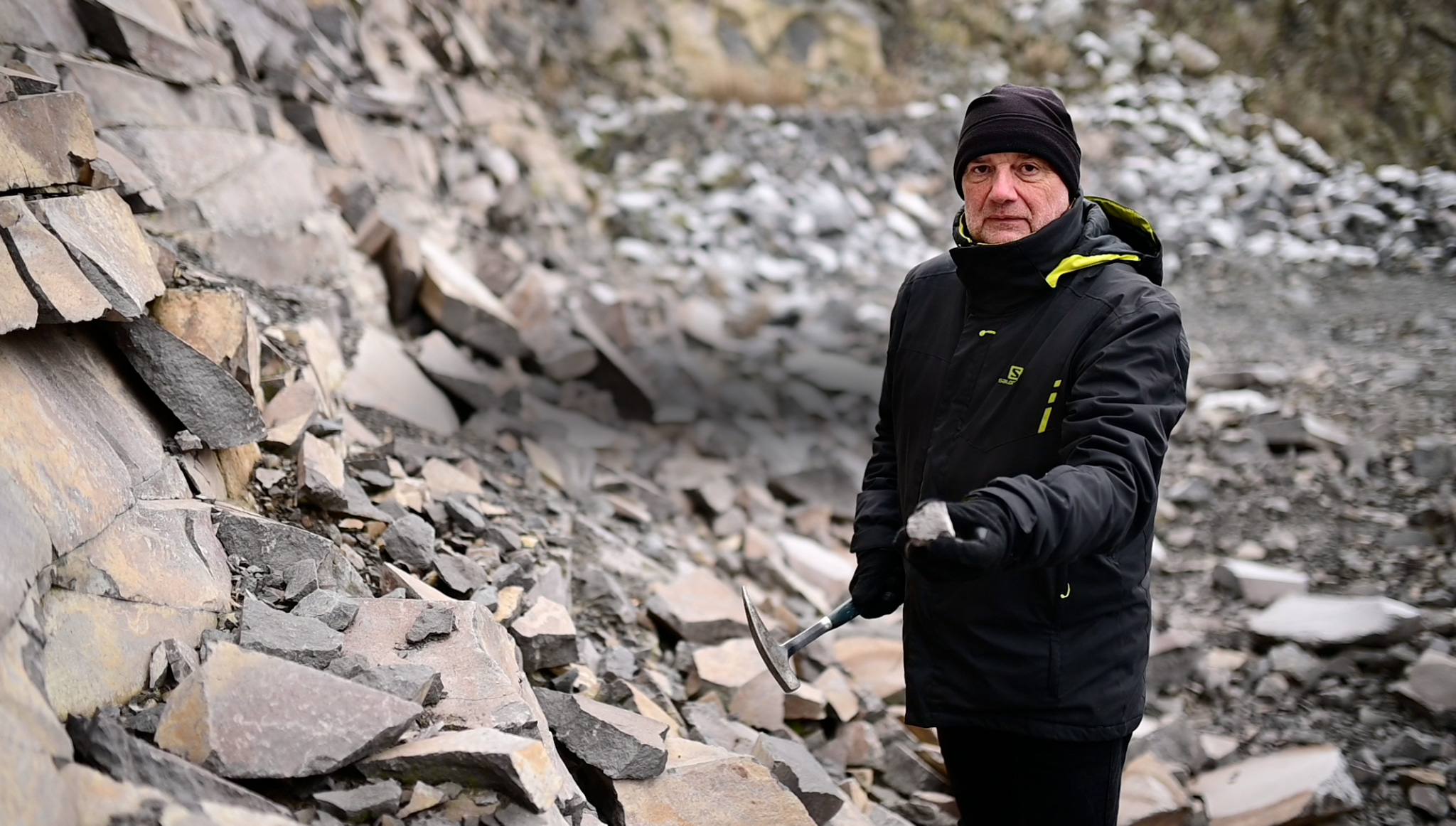

“The area of
SUPERVOLCANO STIAVNICA
was awarded as one of the TOP 5
European film locations in 2021.”
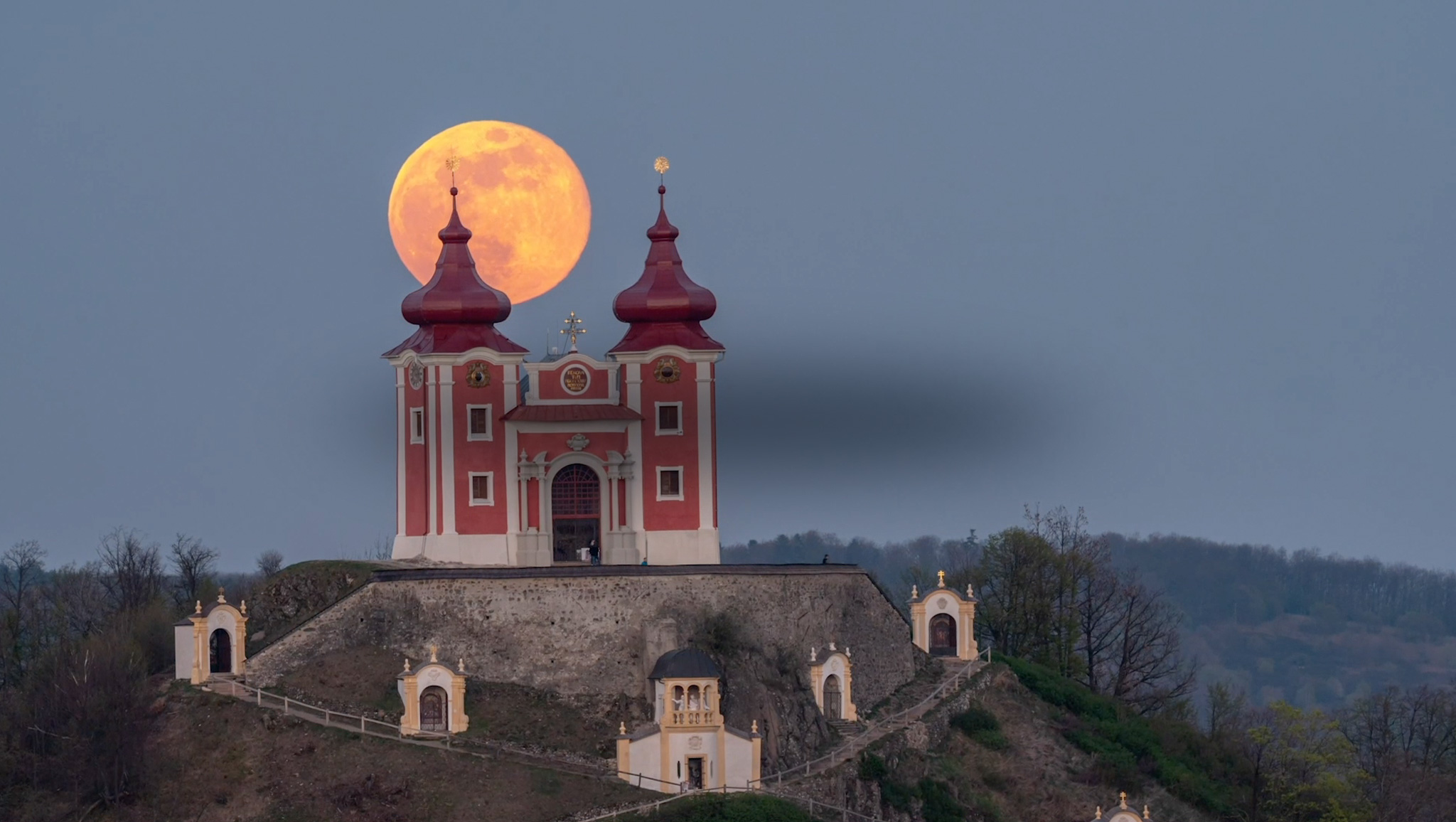
7 surprising facts
Queen Elizabeth’s II.
bridal train was made in
SUPERVOLCANO Stiavnica
Queen Elizabeth’s II. bridal train was made in
SUPERVOLCANO Stiavnica
Princess Elizabeth and Prince Philip were married
on 20th November 1947. According to some sources,
the beautiful 15ft long bridal train of the wedding
dress was also embroidered by the ten best
lace makers from the picturesque village at the foot
of the Supervolcano, using traditional techniques.
It took the whole year to make it. In 2007, during the royal
couple’s diamond wedding celebrations, this bridal train
– together with wedding dress, photographs, robes and
wedding gifts – was put on public display at an exhibition
in the Buckingham Palace.
Length of the bridal train:
Completed in:
Number of lace makers:
Time to make it:
Where:
15 ft
one year
10
20 000 hours
Hodruša-Hámre village
Beautiful Calvary reconciled
Catholics and Protestants
Beautiful Calvary reconciled
Catholics and Protestants
One of the most beautiful Baroque Calvaries in Europe
is built right in the middle of the Supervolcano Stiavnica.
Here, for over millions of years hot molten lava flowed
from the heart of the Earth up to a crater 5 km high,
from where it kept erupting to an incredible height of 40 km!
The Calvary was completed in 1751 and – since the land
for the construction of the Catholic Calvary was donated
by an important Protestant family – it also symbolises the
reconciliation of Protestants and Catholics. In the middle
of the 18th century, this was considered to be a huge
ecumenical gesture, which even in today’s world should
serve as an example to us all.
In 2007 it was included in the World Monument Fund’s list
of the 100 most endangered monuments in the world;
and in 2008, at the initiative of volunteers, general
restoration works began.
Construction period:
Number of buildings:
Protected by UNESCO:
Architect:
1745 – 1751
22
since 1993
unknown
Last gold mine
in Middle Europe
Last gold mine
in Middle Europe
Gold, silver and other precious metals have been
mined in the Supervolcano Stiavnica for more than
a thousand years. The last mine where mining still
continues is the ‘Rozália’ mine in the village
of Hodruša-Hámre. It is also one of the last active
gold mines in Europe.
Formation of an ore deposit in the ‘Rozália’ mine:
First mining:
The Golden Age:
17 million years ago
1000 years ago
the 18th Century
Gunpowder
that made peace not war
Gunpowder
that made peace not war
Gunpowder was already known in ancient China; however,
the first written record of its use for peaceful purposes comes
from the territory of the Supervolcano Stiavnica.
Gašpar Weindl, originally from Tyrol, on 8th February 1627
used gunpowder in a local gold mine to blast rock.
This innovation brought a worldwide revolution to the mining
industry. At that time, a building called ‘Pracháreň’ served
as a central gunpowder store. Today it is a cultural monument
protected by UNESCO and is located in the town of
Banská Štiavnica.
When:
Who:
Where:
8th February 1627
Gašpar Weindl
in the Bieber Tunnel,
then the richest mine in Europe
Silicone Valley
of 18th century
Silicone Valley
of 18th century
Few people know that the oldest technical university
in the world was founded in Banská Štiavnica
by Maria Theresa in 1762. Its origins however go
back to 1735. This was also the reason why the first scientific
congress in the world, attended by the largest technical minds
of the time, was right here, at Supervolcano Stiavnica.
The congress began on 27th August 1786, and ran
a whole year. During it – for the first time in history of
mankind – gold was extracted from rock.
The global significance of the local Mining Academy
at the time can be compared to today’s global significance
of Stanford University California. The Supervolcano Stiavnica
is therefore in scientific circles sometimes referred to
as Silicon Valley of the 18th century.
When:
Who:
Where:
1762 (dates back to 1735)
Maria Theresa
the town of Banská Štiavnica
Supervolcano Stiavnica
has its younger sister in Alaska 🙂
Supervolcano Stiavnica
has its younger sister in Alaska 🙂
It’s incredible how the remains of the Supervolcano Aniakchak
in Alaska resembles those of the Supervolcano Stiavnica.
The only difference is that the remains of the
Supervolcano Stiavnica are almost three times larger
in diameter and twice as deep.
Diameter of the caldera:
Depth of the caldera:
Aniakchak
10 km
0,5 km
Štiavnica
27 km
1 km
Geothermal power plant
of icelandic type
Geothermal power plant
of icelandic type
The construction of the first geothermal power plant
in the Stratovolcano Stiavnica area is already planned
to begin next year. It will use the heat from geothermal
volcanic water, which has a temperature of up to 145 °C
and comes from a depth of approximately 3 km.
Interestingly, the power plant under the Krafla volcano
in Iceland also draws geothermal energy from a similar depth.
Depth of boreholes:
Start of construction:
Krafla
2-3 km
1974
Štiavnica
3-4 km
2022
Photo gallery
Who we are
and why we do this

“I will be happy to share Banská Štiavnica
– in my eyes the most beautiful town in the
world – with lovers of history, romance and
beautiful nature from all continents.”
Nadežda Babiaková
Mayor of Banská Štiavnica

“Anyone who wants to see the remains of
a giant supervolcano and doesn’t want to
travel by submarine to the bottom of the
ocean or trudge across the inhospitable
plains of Alaska or Antarctica – you are most
welcome here.”
Igor Kuhn
Executive Director
of the Regional Tourism Organization
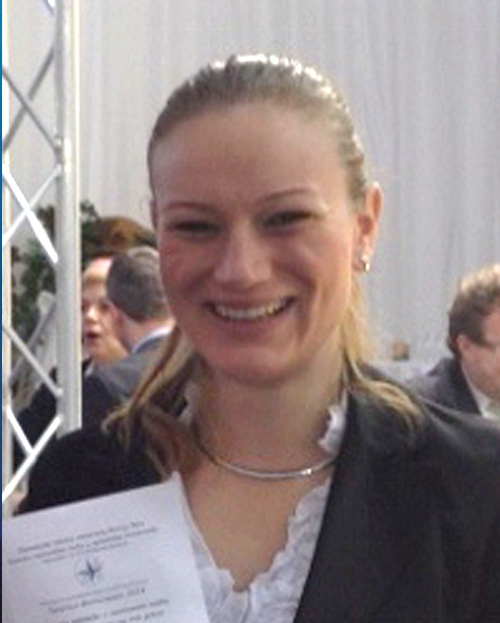
“The biggest water engine mechanism
in the world, Silicon Valley of the 18th
century, the story of the real Romeo and
Juliet, plus many other globally unique
attractions and experiences can only
be found grouped together like this in
the centre of Slovakia, in the
Supervolcano Stiavnica.”
Danka Chrančoková
Executive Director
of the County Tourism Organization
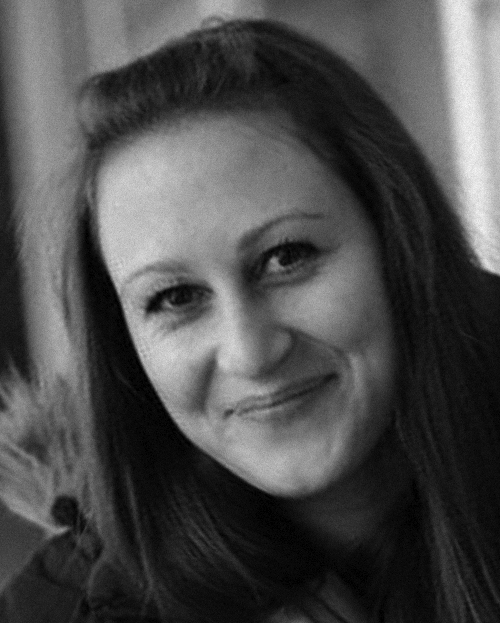
“Everyone who believes in love should
come to the heart of the Supervolcano
Stiavnica at least once in their lifetime
– to visit the places that gave birth to the
world’s longest love poem; to experience
how the eruption of lava over millions
of years was transformed into an eruption
of love, passion and romance.”
Terézia Sopková
PR manager
of Supervolcano Stiavnica
Contact
E-mail:
media@supervolcanostiavnica.com
Telephone:
+421 918 650 688
Address:
OOCR Región Štiavnica
Kammerhofská 1
969 01 Banská Štiavnica
Slovakia
Press kit
We would be very happy
if you would download text,
images and videos for media releases 🙂
Thank you on behalf of all the people
who love the Supervolcano Stiavnica.
Copyright ©2025 – Banskobystrický kraj Turizmus, All rights reserved
